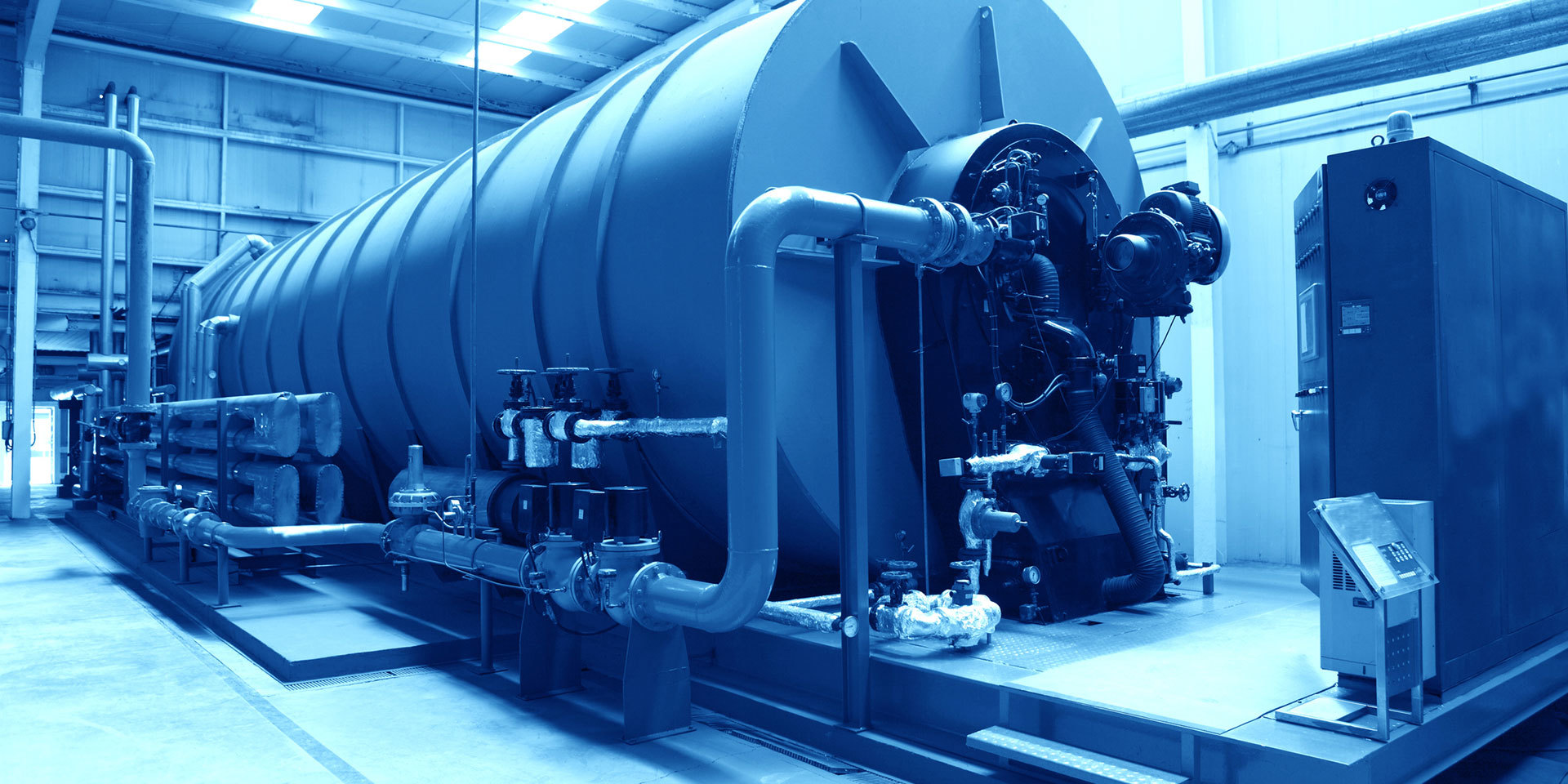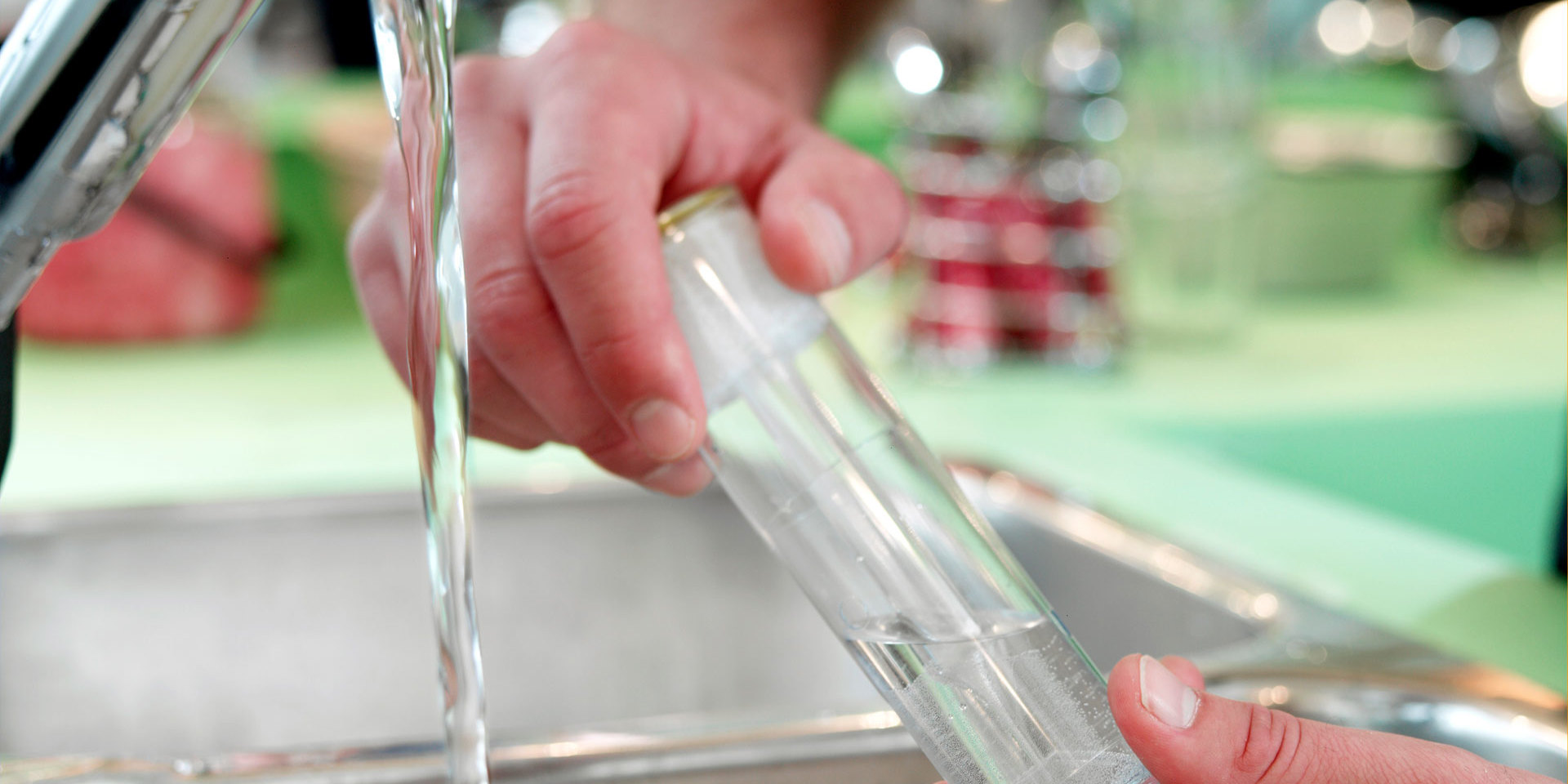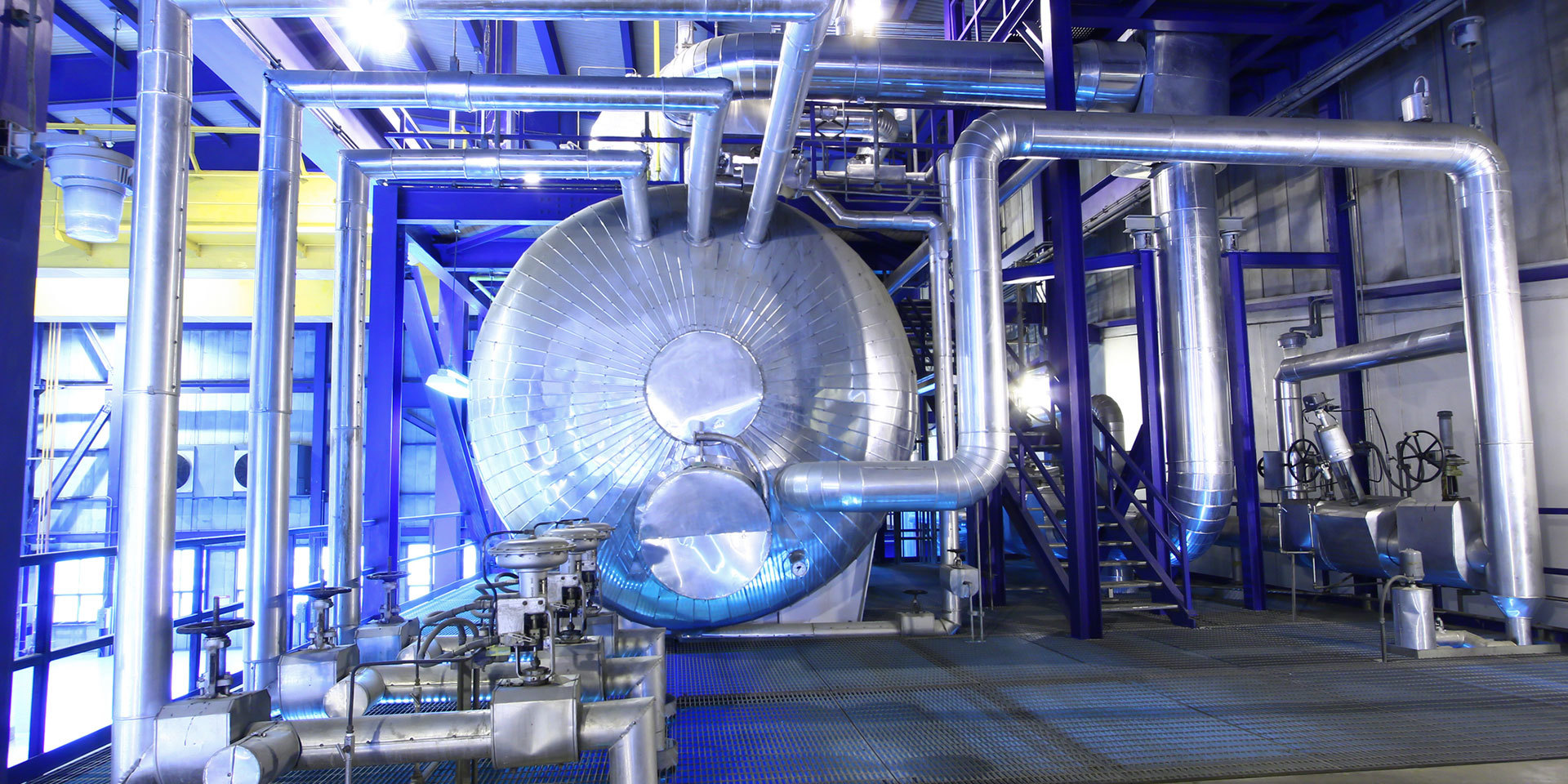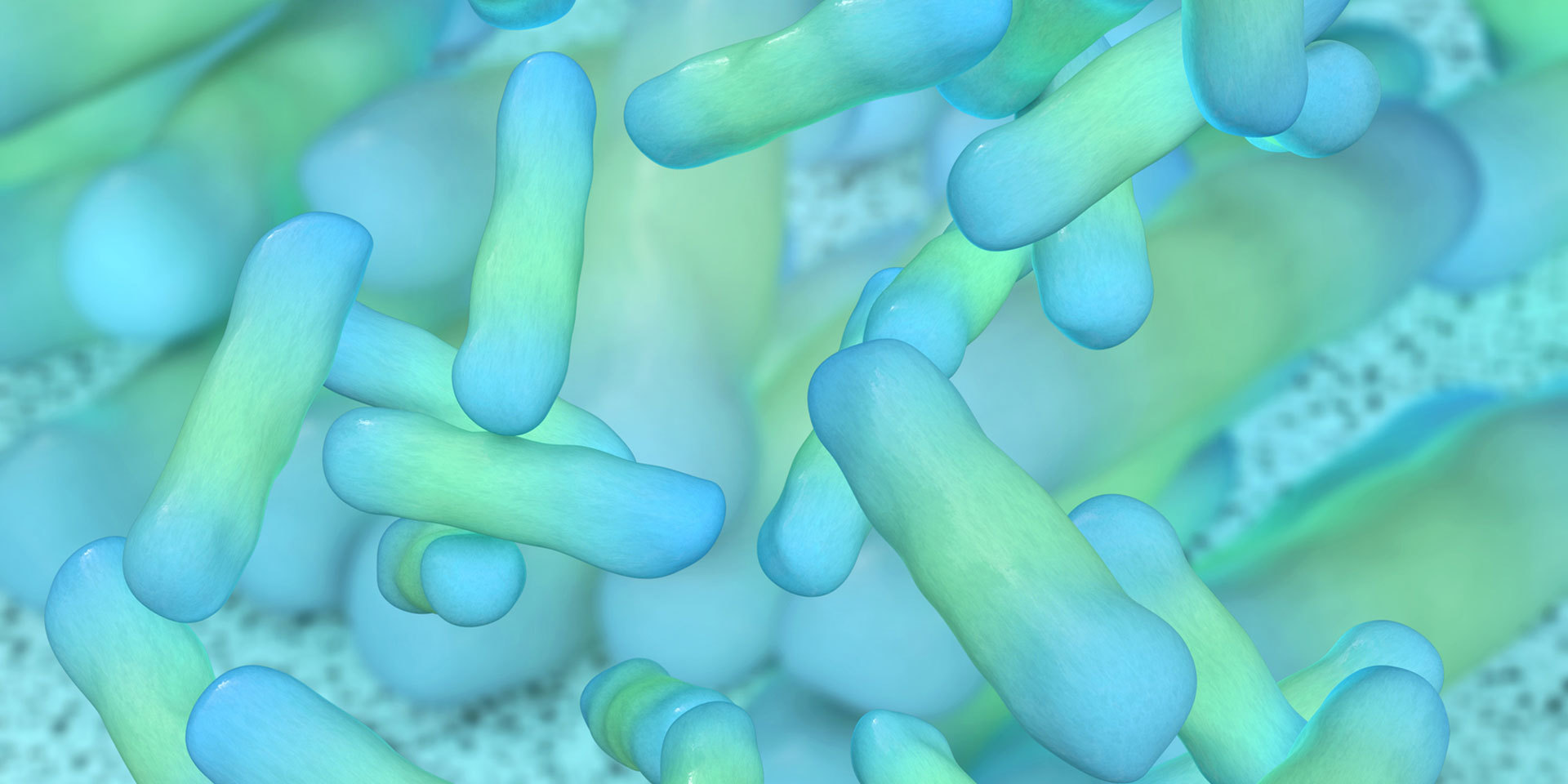
An air cooler undergoing pre-descale clean
Why Flush a Closed Heating or Chilled Water System?
With modern, highly serviced offices, commercial buildings and various other work spaces, closed heating and chilled water systems are used as an energy saving method. However this is only effective if the system is working at its full potential. There is a need to manage and control the bacteria which will inevitably grow in closed heating and chilled water systems, which can cause major problems if not dealt with as soon as possible.




Types of Bacteria Which Can Contaminate Closed Heating & Chilled Water Systems.
There are lots of bacteria found in water systems around the country, however there are some which are common in the heating and chilled water systems in offices and various other work places.
Pseudomonas Bacteria
Pseudomonas Aeruginosa: a slime forming aerobic bacteria which is more active in temperatures between 20 - 40 degrees celsius and between the pH values of 4 - 8.
Sulphate Reducing Bacteria (SRB)
Desulfoyibrio: anaerobic bacteria that forms hydrogen sulphide which is more active in temperatures between 20 - 40 degrees celsius and between the pH values of 4 - 8
Sulphur Bacteria
Thiobaciullus: sulphuric acid forming aerobic bacteria which is more active in temperatures between 20 - 40 degrees celsius and between the pH values of 1 - 6
Iron Bacteria
Leptothrix: a slime forming aerobic bacteria which is most active between the temperatures 20 - 40 degrees celsius and between the pH values of 7.4 - 9.5.




How To Test For Circuit Contamination
As mentioned above, the listed bacteria can cause problems that in turn can make the closed system more expensive to operate and less effective. There are ways to test the system for bacteria to see if there is contamination causing the grief.

Smell
If a water sample is taken and is contaminated with bacteria, a distinctive unpleasant smell (which we have experienced to be similar to mouldy cheese). This will indicate there is a microbial contamination present throughout the system.

Clarity
If the water is contaminated by bacteria, the water can become cloudy, which is caused by the organisms produced by the bacteria. If the water is cloudy, then it is a good indication that bacteria is present in the water.

Colour
If the water in the system is contaminated with bacteria, the water will more than likely have a light green to dark brown colour. Sometimes holding it up to natural light will give a better indication of any possible colour. If this occurs, then it is a clear indication that a microbial contamination is present.

TVC Testing
A good way to determine if there are any bacteria in the system, simply fill a small beaker or jug with the water from the system and test it with a TVC counter. The counter indicates the level of bacteria in the water. The higher the number, the more bacteria present.
